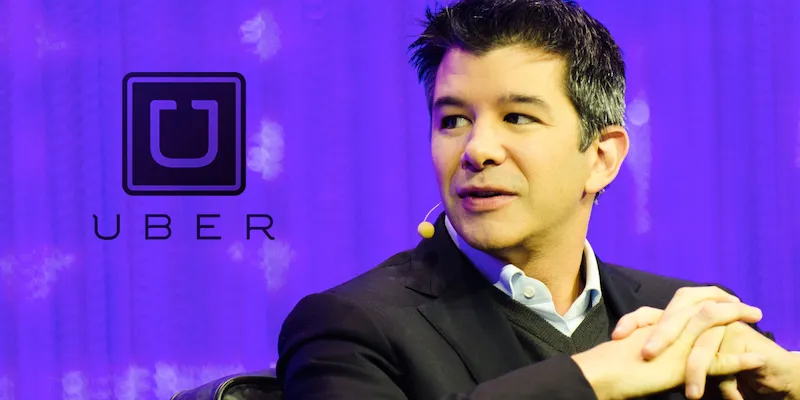2017 has been anything but a good year for Uber. The world’s highest valued company has been reeling after being hit by too many controversies. Cases of sexual harassment, privacy invasion, property theft, and more being committed by the ride-hailing company have been making the news for months on end. And today, all of Uber’s troubles have finally culminated in the resignation of its CEO Travis Kalanick. YourStory traces the last six months to see where it all went wrong for Kalanick & Co. in what has truly been a year of ’Hell’ for Uber.

January 28 and 29: A #DeleteUber campaign spawns online and sees Uber lose out on valuable market share to its competitor Lyft after Uber continued to provide service at the John F. Kennedy International Airport in New York City, subverting the NY Taxi Workers Alliance’s strike in protest of President Donald Trump’s immigration executive order.
February 19: Susan J. Fowler, a former Uber site reliability engineer, publishes a blog post detailing occurrences of sexual harassment at the company and inaction of its HR department. Former US Attorney General Eric Holder is brought in to investigate the company’s workplace culture as Uber’s market share takes another hit.
February 23: Waymo, Alphatbet Inc.’s autonomous car division, files a lawsuit against autonomous truck startup Otto and its parent company Uber for the intellectual property theft of its Light Detection and Ranging (LiDAR) technology.
February 27: Uber CEO Travis Kalanick fires SVP of Engineering, Amit Singhal, after discovering that the Silicon Valley stalwart failed to disclose to Uber that he ended his 15-year stint at Google following allegations of sexual harassment.
February 28: A video of Travis Kalanick arguing with an Uber driver about the pricing of the company’s premium UberBlack services is released. Travis sends a letter of apology to Uber employees admitting the need to change his behaviour and his intention to get leadership help.
March 3 and 8: The New York Times reveals that Uber had been using a program, involving a tool named ‘Greyball’, to serve up an alternative (and non-functioning) version of its app in a bid to evade public officials and law enforcement personnel in cities where the ride-hailing app’s service had been banned. After initially defending the controversial program, Uber on March 8 announced that it will stop using the ‘Greyball’ tool to evade authorities.
March 19 and 20: Shortly after Uber CEO Travis announced his intention to hire a COO, Uber President Jeff Jones resigned on March 19 after only six months at the firm citing a difference in ‘beliefs and approach to leadership’. A day later, Brian McClendon, the Vice President of Maps at Uber, turned in his resignation.
April 12 and 24: A report in The Information published on April 12 reveals Uber’s use of a secret software program dubbed ‘Hell’ to track Lyft drivers along with those drivers who worked for both Uber and Lyft. On April 24, a former Lyft driver files a $5 million class action lawsuit against Uber for violating California’s privacy and wiretapping law.
May 26: Travis Kalanick is hit with a personal tragedy as his mother, Bonnie Kalanick, passes away in a boating accident which also left his father, Donald Kalanick, severely injured.
June 6: Uber announces that it has fired 20 employees following an investigation by law firm Perkins Cole into cases of sexual harassment, bullying, and discrimination at the company.
June 7: Eric Alexander, Uber’s President of Business in the Asia Pacific, leaves the company after it was discovered that he illegally obtained medical records of a woman who had been raped during an Uber ride in India and then shared the records with Uber executives including CEO Travis Kalanick and SVP Emil Michael.
June 11: Uber’s entire board of directors convenes for a meeting to address the findings of Eric Holder’s months-long investigation into the company’s pernicious work culture.
June 12: Emil Michael, Uber’s SVP of Business and second-in-command to Kalanick, announces his departure from the company after reportedly being pressured by the Uber board to do so.
June 13: Travis Kalanick takes a leave of absence from Uber for personal reasons as the board of directors considers re-distributing his responsibilities among other senior executives at the firm.
June 21: Travis Kalanick resigns as Uber CEO after five major investors in the ride-hailing company demand his departure.







